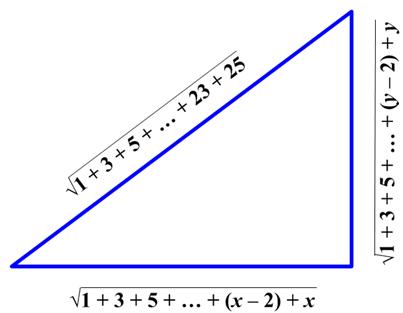 This is an interesting problem from the United Kingdom Mathematics Trust (UKMT) Senior Math Challenge of 2008.
This is an interesting problem from the United Kingdom Mathematics Trust (UKMT) Senior Math Challenge of 2008.
“The length of the hypotenuse of a particular right-angled triangle is given by √(1 + 3 + 5 + … + 23 + 25). The lengths of the other two sides are given by √(1 + 3 + 5 + … + (x – 2) + x) and √ (1 + 3 + 5 + … + (y – 2) + y) where x and y are positive integers. What is the value of x + y?”
See the Right Triangle with Roots for a solution.

 This turns out to be a fairly challenging driving problem from Longley-Cook.
This turns out to be a fairly challenging driving problem from Longley-Cook.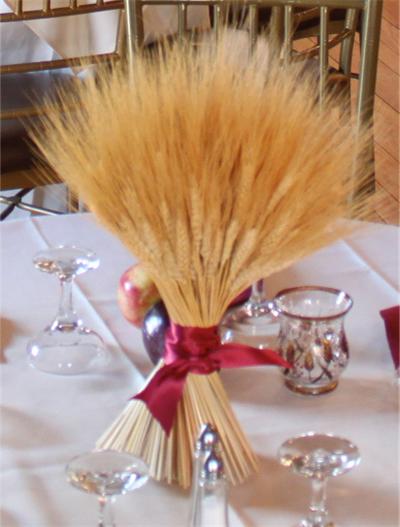 When our daughter-in-law made wheat shocks as center-pieces for hers and our son’s fall-themed wedding reception, I naturally could not help pointing out the age-old observation that they represented a hyperboloid of one sheet. This was naturally greeted with the usual groans, but the thought stayed with me as I realized I had never proved this mathematically to myself. And so I did.
When our daughter-in-law made wheat shocks as center-pieces for hers and our son’s fall-themed wedding reception, I naturally could not help pointing out the age-old observation that they represented a hyperboloid of one sheet. This was naturally greeted with the usual groans, but the thought stayed with me as I realized I had never proved this mathematically to myself. And so I did.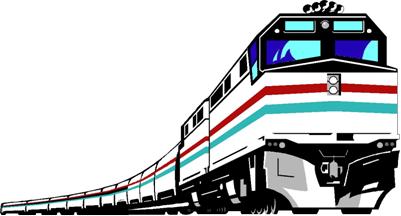 Here is another Presh Talwalkar problem that seems unsolvable at first glance.
Here is another Presh Talwalkar problem that seems unsolvable at first glance.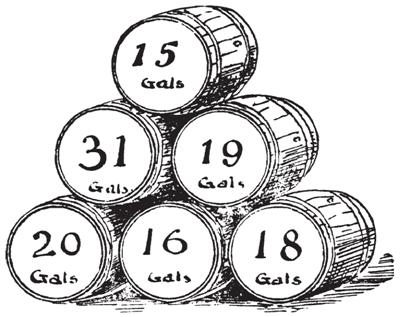 This is a great puzzle by H. E. Dudeney involving a very useful technique.
This is a great puzzle by H. E. Dudeney involving a very useful technique.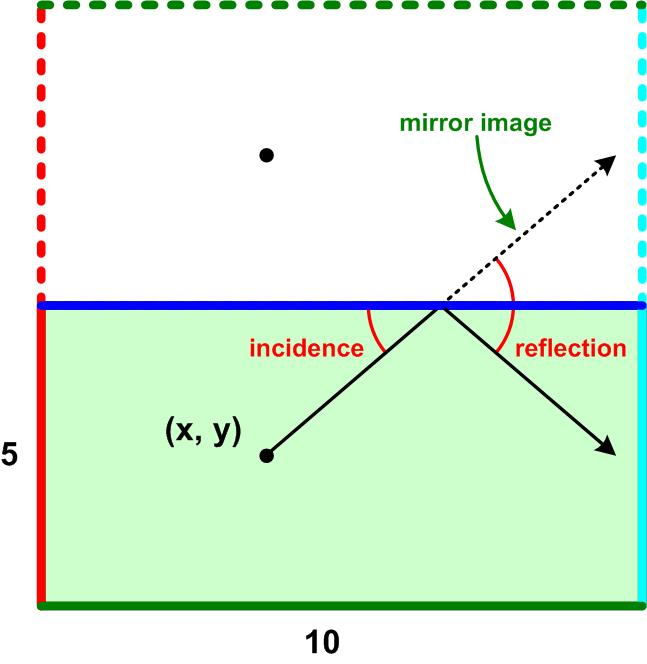 Futility Closet offers another interesting puzzle:
Futility Closet offers another interesting puzzle: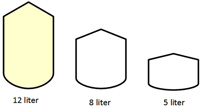 I was sifting back through some problems posed by Presh Talwalkar on his website
I was sifting back through some problems posed by Presh Talwalkar on his website 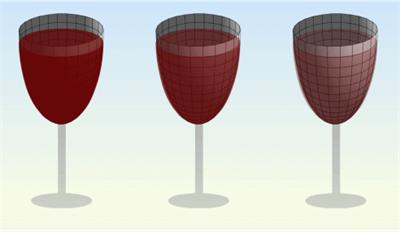 This was a rather intricate puzzle from Presh Talwalkar. I found his solution a bit hard to follow, so I tried for a clearer presentation.
This was a rather intricate puzzle from Presh Talwalkar. I found his solution a bit hard to follow, so I tried for a clearer presentation.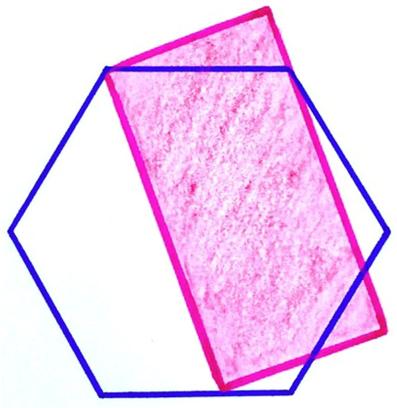 This is another interesting problem from
This is another interesting problem from  This problem from
This problem from